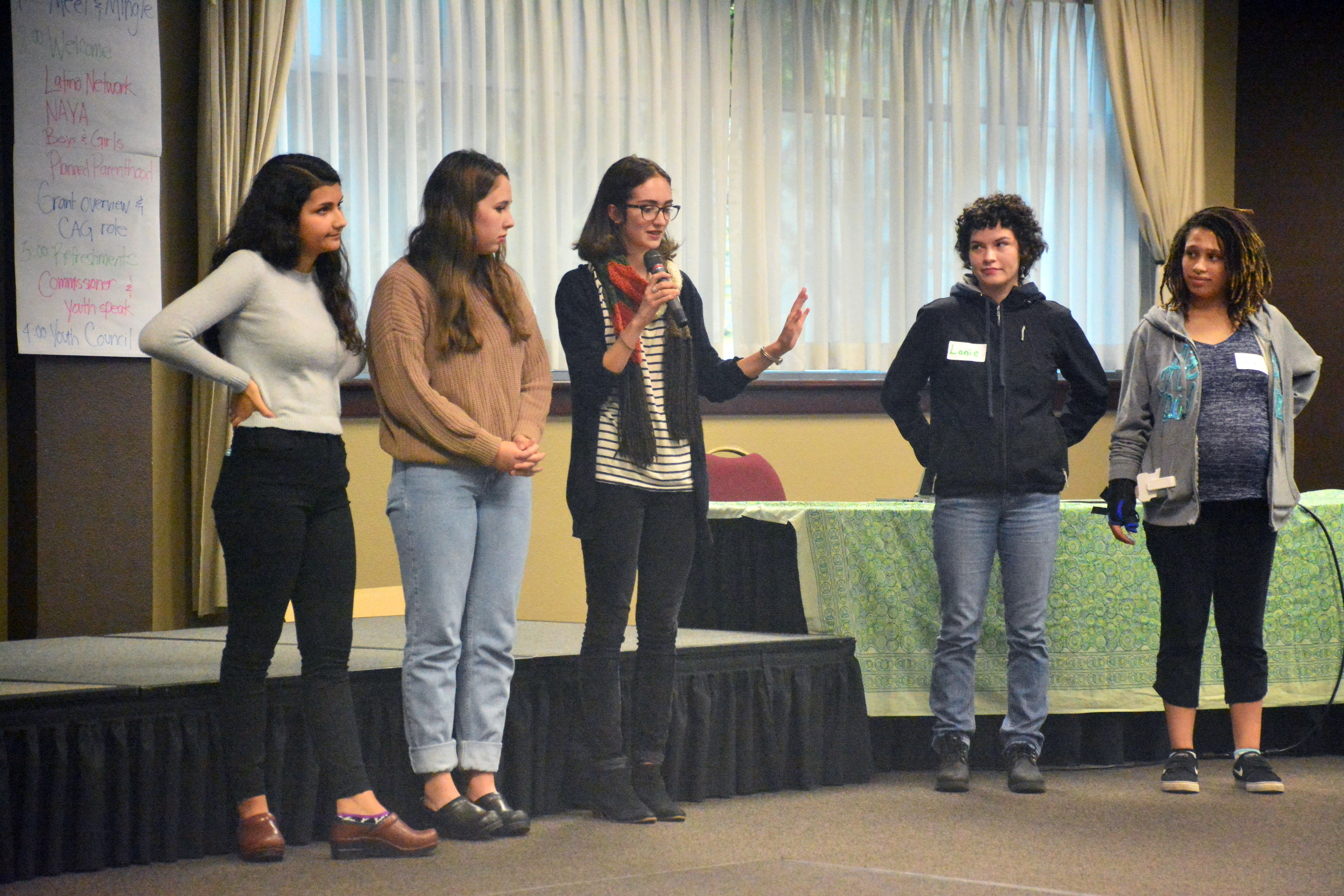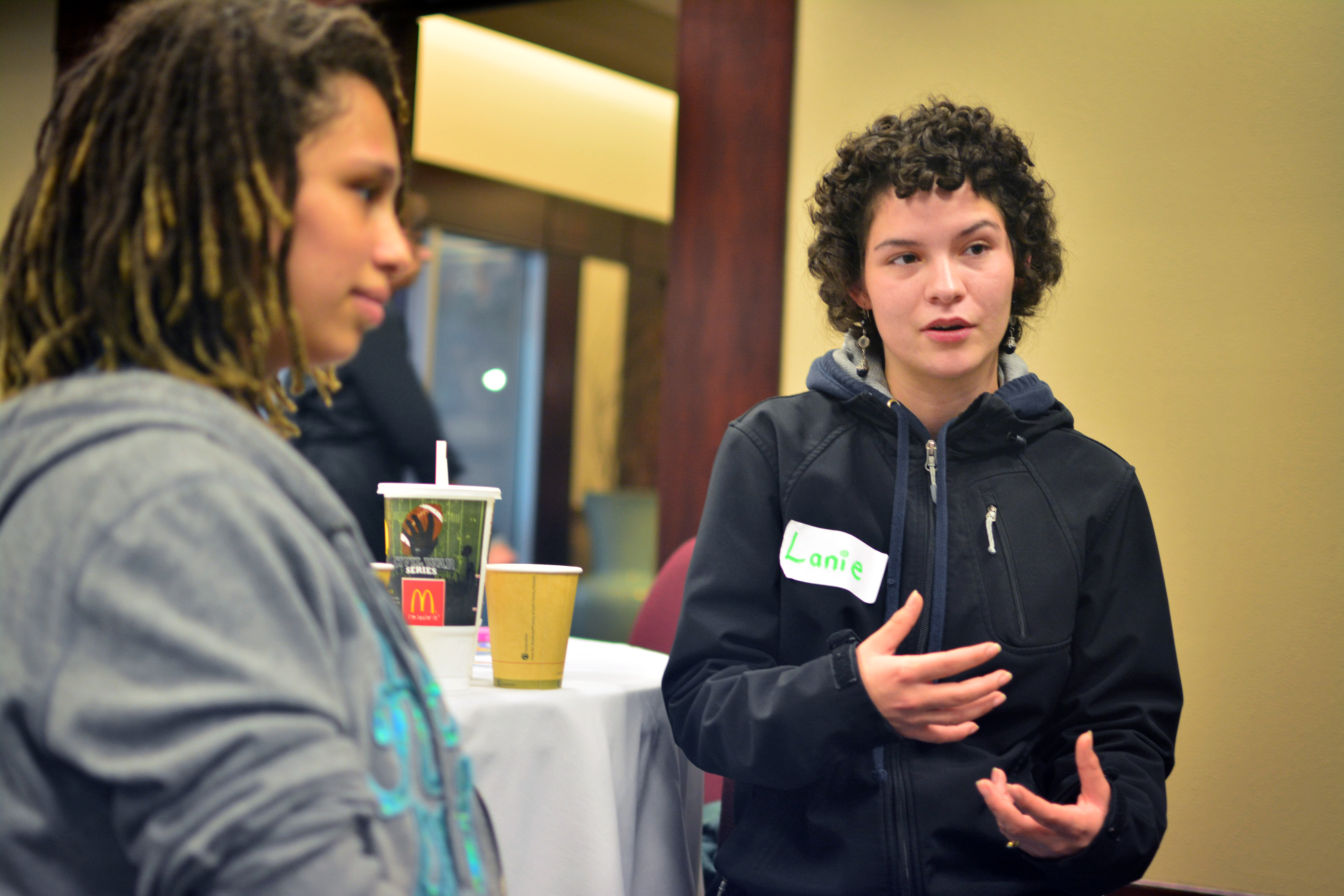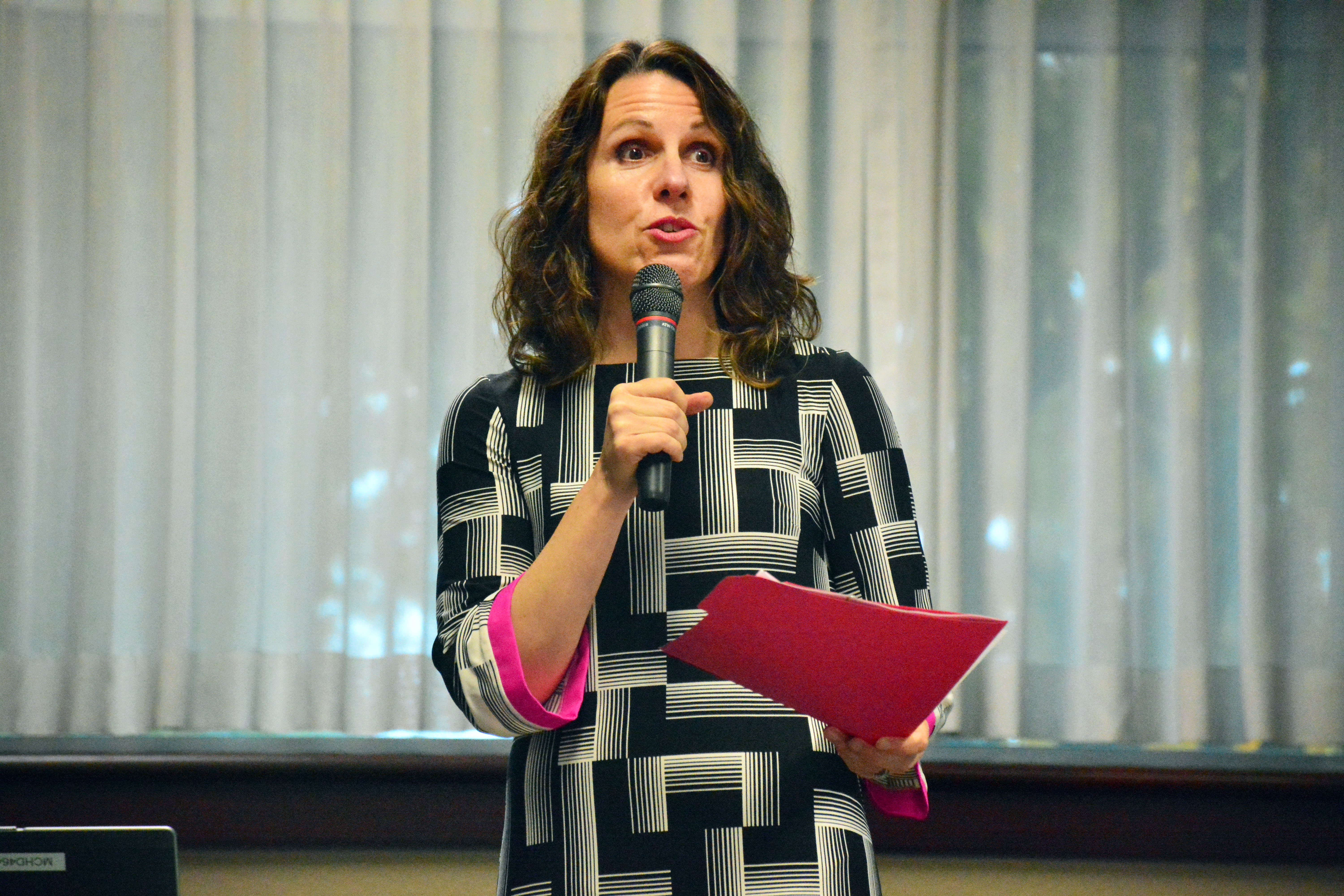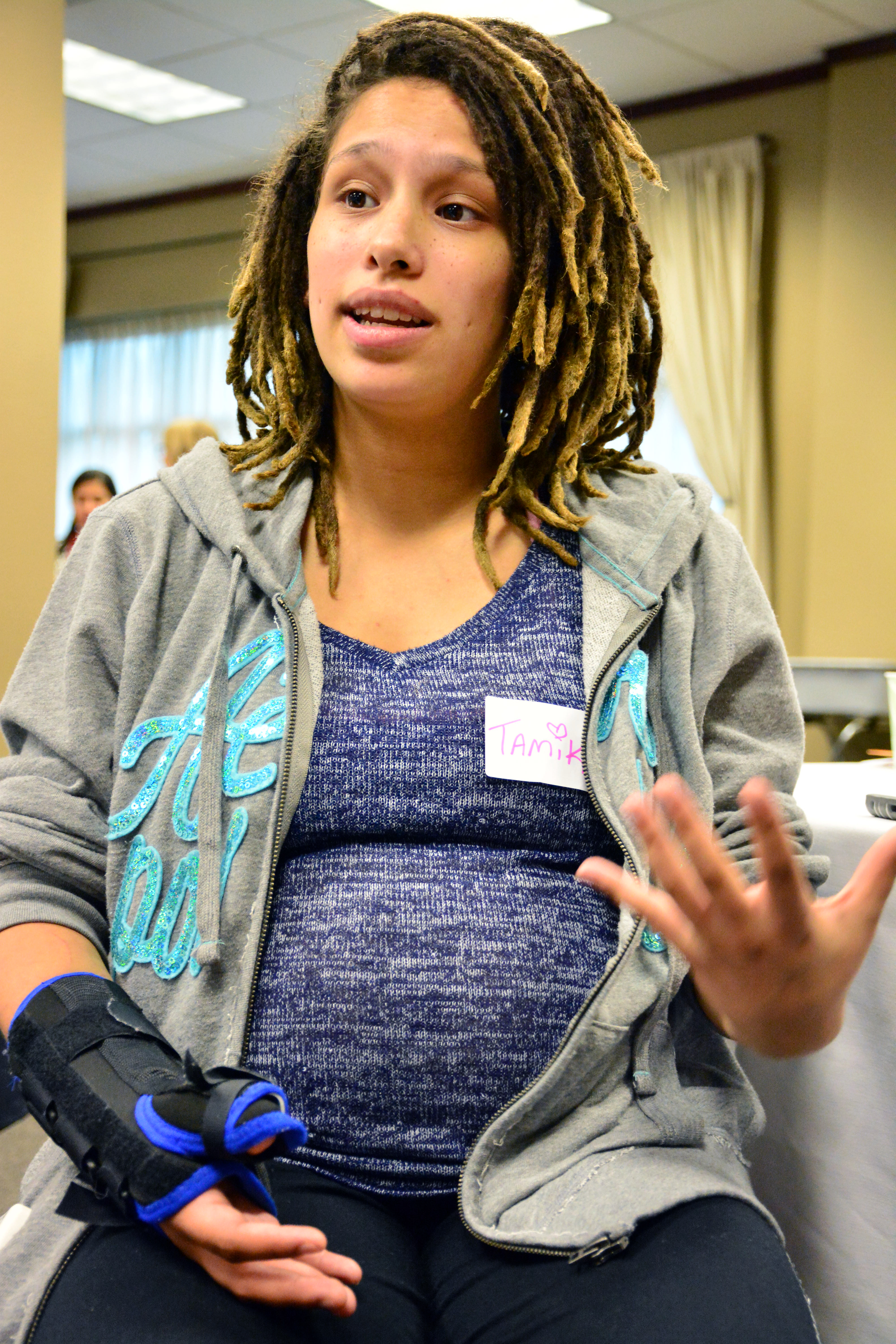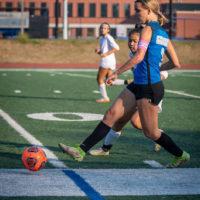Last week, a group of students and representatives from the Multnomah County Health Department, as well as leaders of Planned Parenthood, Latino Network, Self Enhancement Inc., the Boys and Girls Club, and the Native American Youth and Family Center gathered for the launch of a new sexual health education program.
The five-year initiative, called the “Adolescents and Communities Together Project,” stems from a $6.5 million grant aimed at revamping sexual education in five school districts: Portland, David Douglas, Parkrose, Centennial and Reynolds.
The program comes after Multnomah County recently released striking statistics on teen pregnancy. The national average for teen birth rates is 27 per 1,000. In Multnomah County, it’s 47 per 1,000 among Latinas; 40 per 1,000 among African Americans; and 30 per 1,000 for Native Americans. The rate for whites is 15 per 1,000.
“I’m really glad it’s something that’s being looked at,” Grant Principal Carol Campbell said on a recent afternoon, mentioning her hope for the program to be more inclusive towards all types of families.
“I think it’s needed…kids are doing it so how can we help kids be safe and make responsible decisions,” Vice Principal KD Parman said. “That Multnomah County has the money and the time to create a program that’s going to be more inclusive is awesome.”
It’s no secret to students that sex education is not as wide-reaching as it needs to be in order to prevent sexually transmitted diseases, pregnancies and other issues related to teen sex.
Lanie Grimm, 19, and Tamika Perez, 17, students at NAYA’s Early College Academy, have seen the difference that a comprehensive program can make. When it became clear the students in their health class weren’t responding to their teacher, they started peer educator positions.
“I felt like the students really listened to you if you’re a student and you have experiences and you know how it is,” Perez said, who is a peer educator. “Teens will be teens. Teens will do what they want to do. I am graduating at the end of this quarter and I want to be able to share as much knowledge as I can, whether it’s coming back to school and being there for someone that needs you or just showing my face and saying, ‘Hey, I’m still here. I still care.’”
Perez, who is pregnant with her second child, says the point of revamping the sex education programs isn’t to dissuade students from having sex, but to educate them on the consequences that can arise and the resources where they can go to find help.
“This is really good for us to be able to talk about and to keep going,” she said. “I wish that (this program was) in every school and community because it’s something that we all need,” Grimm said. “We all experience it, it’s a part of life. Everybody keeps…reproducing, so why not be safe about it?”
Multnomah County Chair and Grant alumna Deborah Kafoury undoubtedly agrees. “We want Multnomah County to be the healthiest place for young people to grow up. This kick-off is an important turning point because of the collaboration between parents, between students and between their communities,” Kafoury said. “We need you to know about healthy relationships and have access to information and resources.”
Unlike individual approaches in the past, the Adolescents and Communities Together Project is an interdisciplinary collaboration. Health officials say no one agency is going to accomplish what was previously thought to be the impossible.
“We heard the wisdom in the room from our young people,” concluded Kim Toevs, Multnomah County Public Health Manager, Adolescent Health Equity Program.

